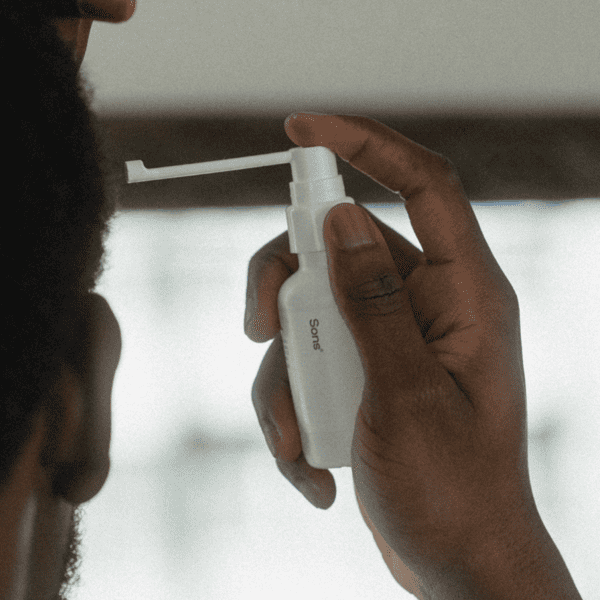
For many Irish men, hair loss often sneaks up quietly—a receding hairline here, a thinning crown there. Once it becomes apparent, it might seem like the battle is lost. However, due to cutting-edge, science-based solutions, this isn’t the case anymore. Modern treatments now exist to slow or even reverse the early signs of hair loss, particularly when addressed in time.
The pressing question is not whether to take action, but how to do so.
One frequent challenge men face is deciding between topical and oral treatments. Each has its merits, catering to different needs and working through distinct mechanisms. This article explores these treatment options, helping you decide what suits your hair loss stage and lifestyle best.
Foundational Knowledge
Before delving into the pros and cons of each treatment type, understanding their targets is crucial.
The predominant cause of hair loss among men is androgenetic alopecia, identified as male pattern baldness. This condition stems largely from a hormone known as DHT (dihydrotestosterone), which attaches to scalp receptors, causing hair follicles to gradually shrink. This leads to shorter, thinner hair, ultimately resulting in baldness.
Treatments usually aim to:
- Block or diminish DHT, or
- Boost blood flow and stimulate follicle activity to



